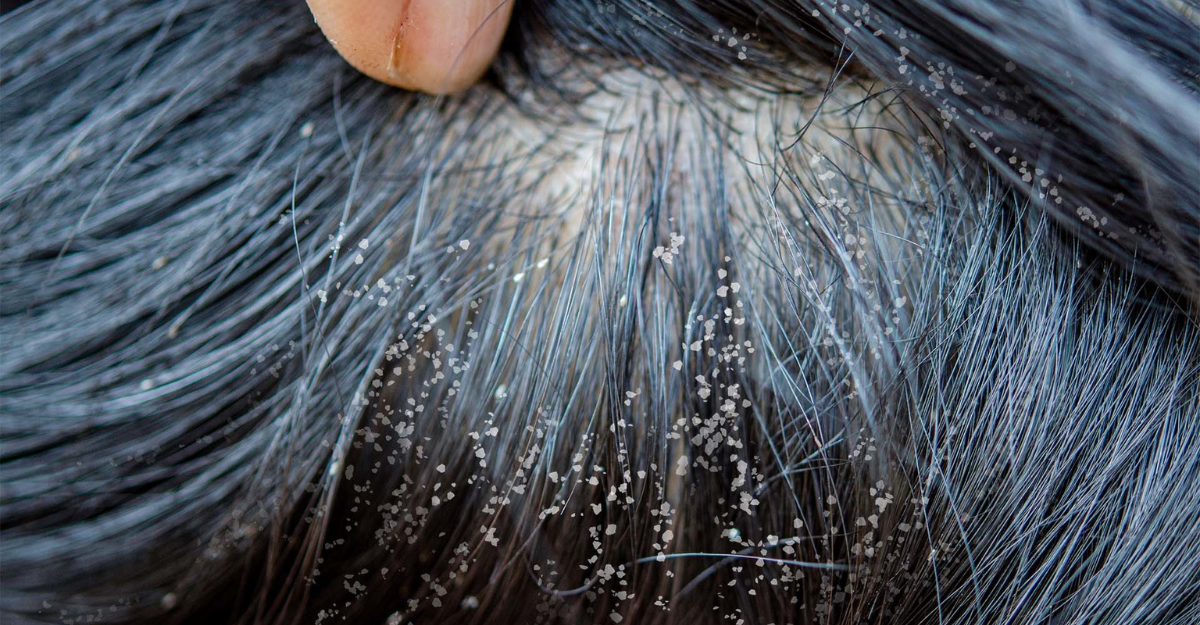Tiny Troubles: Managing Lice Infestation with Confidence
Lice infestation is a common concern among school-aged children, often causing discomfort, irritation, and concern for parents. Though not a dangerous condition, lice can be stubborn and socially distressing. The key to managing it lies in understanding how lice spread, recognizing the signs early, and applying effective treatments.
What Are Lice?
Lice are tiny, wingless insects that survive by feeding on human blood. They measure only a few millimeters in length and move quickly through hair or fabric. There are three types that affect humans: head lice, body lice, and pubic lice. Among children, head lice are the most frequent, living and laying eggs in the hair close to the scalp. Body lice typically live in clothing and affect areas where fabric meets skin, while pubic lice are generally seen in adolescents and adults.
How Do Children Become Infested?
Lice are spread through close contact. In schools and playgrounds, children often interact closely, allowing lice to transfer easily from one head to another. Sharing items like hairbands, combs, hats, or bedding can also contribute to the spread. Head lice cannot jump or fly, but they crawl quickly, making direct contact the primary route of infestation.
Unlike many infections, lice don’t spread through air or water, and they cannot survive for long without a human host. That said, they are highly contagious in close-contact environments.
Recognizing the Signs of Lice
Persistent scalp itching is one of the earliest symptoms. This itching is caused by lice bites, which can lead to irritation and discomfort. Small white or grey nits (lice eggs) can be seen attached to strands of hair, especially behind the ears or near the neckline. These eggs are firmly stuck and do not fall off like dandruff.
In heavier infestations, live lice may be visible when combing the hair. Some children may develop sores from scratching, and in rare cases, these areas can become infected.
Are Lice Harmful?
Lice don’t carry diseases, and their presence doesn’t reflect poor hygiene. However, untreated infestations can cause secondary skin infections, disrupt sleep, and make children self-conscious or socially withdrawn due to the stigma attached. It’s important to treat lice not only to relieve symptoms but also to protect a child’s emotional well-being.
Effective Treatment Options
Treating lice successfully involves eliminating both the insects and their eggs. Medicated shampoos and lotions containing active ingredients such as permethrin or malathion are commonly used. These treatments are applied to the scalp and hair for a prescribed time before rinsing. A second treatment is often recommended after one week to kill any newly hatched lice.
Manual removal with a fine-toothed comb is also effective, especially when done regularly. In some cases, especially with thick or long hair, this can take time but ensures thorough removal.
To prevent reinfestation, all personal items like combs, pillowcases, hats, and bedding should be washed in hot water and dried at high temperatures. Items that cannot be washed should be sealed in plastic bags for several days to suffocate any remaining lice.
Should Hair Be Cut?
Cutting hair is not necessary unless it makes treatment easier. Lice can be treated effectively regardless of hair length if proper methods are followed. What’s more important is consistency in applying treatment and cleaning surroundings.
Prevention and Home Measures
While it’s nearly impossible to prevent lice in a school environment, some basic habits can reduce the risk. Avoiding the sharing of personal items and conducting regular head checks at home, especially during school outbreaks, helps catch lice early. Educating children about not sharing hair accessories or hats can also be helpful.
If one member of the household has lice, it’s wise to check and treat other family members too, even if they show no symptoms.
Conclusion
Lice infestations are common and treatable, especially with early detection and consistent care. While they do not pose a serious health risk, the discomfort and social embarrassment they cause make it essential to address them quickly. With the right approach and guidance, children can return to their routines comfortably and confidently. For trusted pediatric evaluation and effective treatment solutions, families can always turn to the expert care team at KKCTH.




